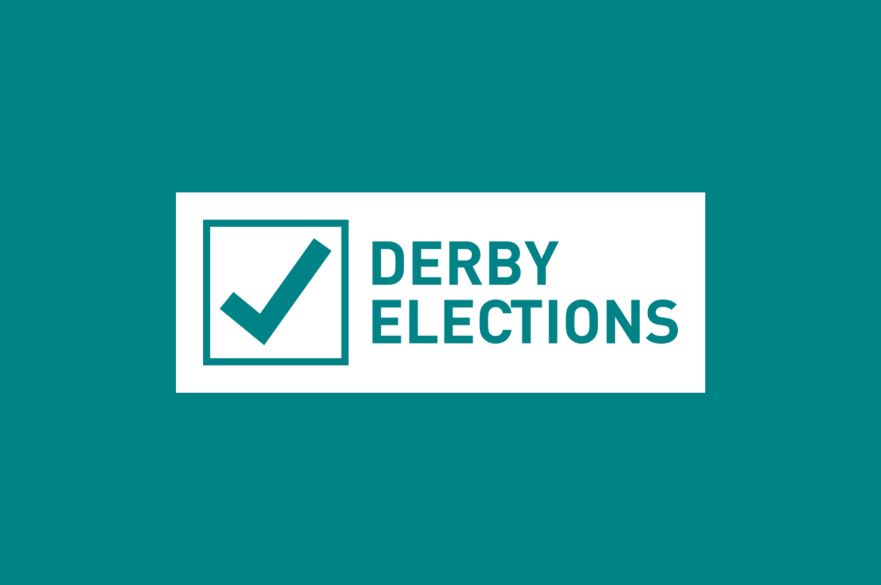Local elections are taking place on Thursday 4 May, and they are going to be slightly different to previous elections – here are a few reasons why.
All voters will need to show ID at the polls
In April 2022, the Government passed the Elections Act 2022 which requires all voters to show ID at polling stations. This means that if you’re planning to vote in person, you’ll need to bring an accepted form of photo ID with you. If you turn up at the polling station without any accepted ID or a Voter Authority Certificate, you won’t be allowed to vote.
Most voters will already have an accepted form of photo ID that they can use, but it’s important that you double check the list of eligible forms of ID in advance to make sure that you don’t miss out on your chance to vote.
All accepted forms of ID must include your photo and be suitably secure, such as a passport, driving license or blue badge. If you have an accepted form of ID but the date has expired, you’ll still be able to use it if the photo is still a good likeness.
Don’t have anything which is on the list of eligible ID? Don’t worry, you can apply for a Voter Authority Certificate. This is a temporary form of ID issued by the local authority which will allow you to vote in the 2023 Local Elections.
It’s free to and easy to apply either on the Government website or by contacting our helpline on 01332 640837 by 5pm on Tuesday 25 April. You should only apply if you don’t already have an accepted form of ID.
If you would prefer not to show ID at a polling station, you can apply to vote by post or proxy. Photo ID isn’t required to apply or vote in these ways, although your proxy will be required to show their own ID at the polling station.
The deadline for applying for a postal vote is 5pm Tuesday 18 April 2023, and the deadline to apply for a proxy to vote on your behalf is 5pm Tuesday 25 April 2023.
Still have questions? We’ve put together a list of handy FAQs.
Every seat is up for grabs
Here in Derby we’re also moving to whole Council elections, where every seat on the Council is up for election at the same time, with the successful candidates remaining in power for the next four years.
In previous years residents have only voted for one Councillor in their Ward on an almost yearly basis. This year, all 51 seats on the Council are up for election at once.
This also means your ballot paper will look different. There will be many more names on the paper, and in most wards you’ll be able to vote for three candidates. Some wards will only have two successful candidates, but more on that later.
Councillors voted to move to whole Council elections in early 2022, bringing Derby more in line with Derbyshire and the rest of the country.
New ward boundaries and names will come into effect
Last year the Local Government Boundary Commission for England (LGBCE) conducted a review of ward boundaries in Derby. The LGBCE is an independent body who are responsible for carrying out reviews of local government boundaries and making sure they’re fit for purpose.
Their proposals which will come into effect for elections from 4 May, meaning that some residents will be voting in different wards and for different councillors in this election. Some wards have also been given new names. You can find out more in our previous article.
The new recommendations make sure that each councillor represents roughly the same number of voters, and that wards accurately reflect their community.
You can view the full report and the revised ward boundary map on the LGBCE website. An interactive map of the revised wards is also available online.
